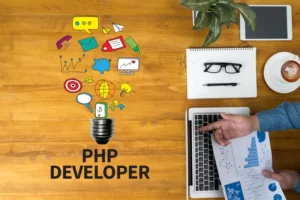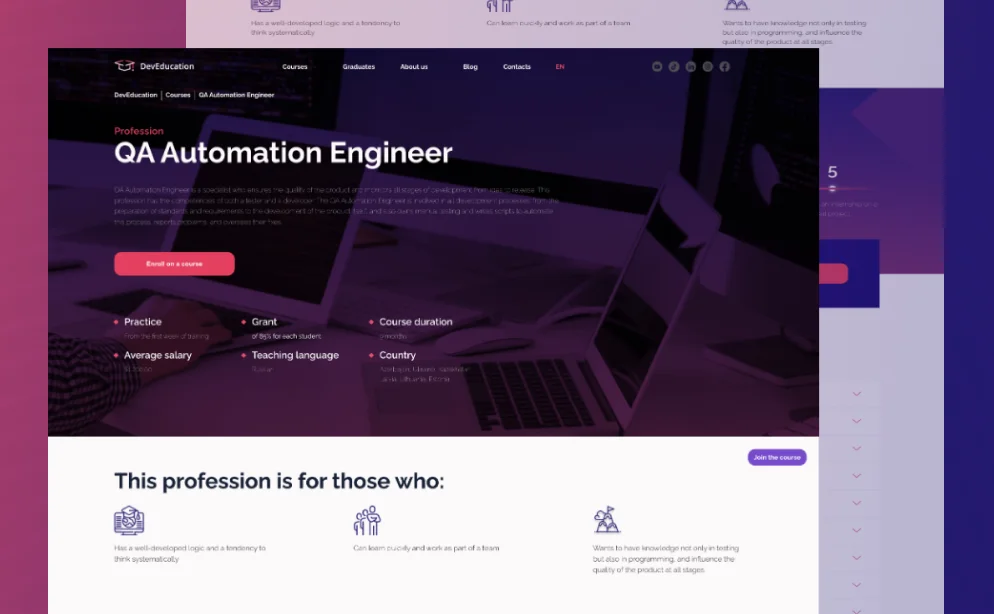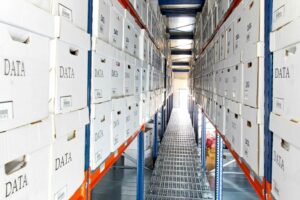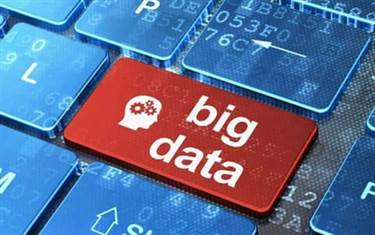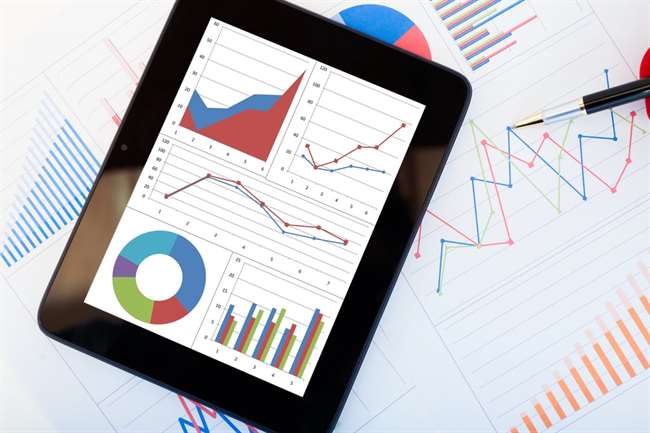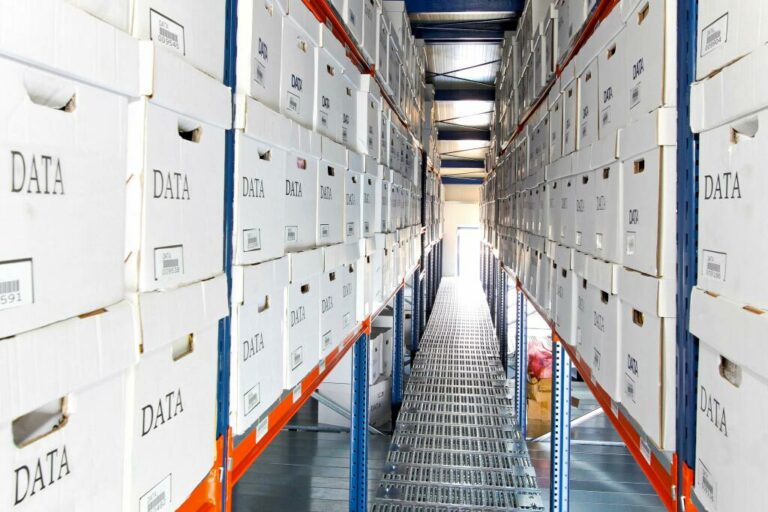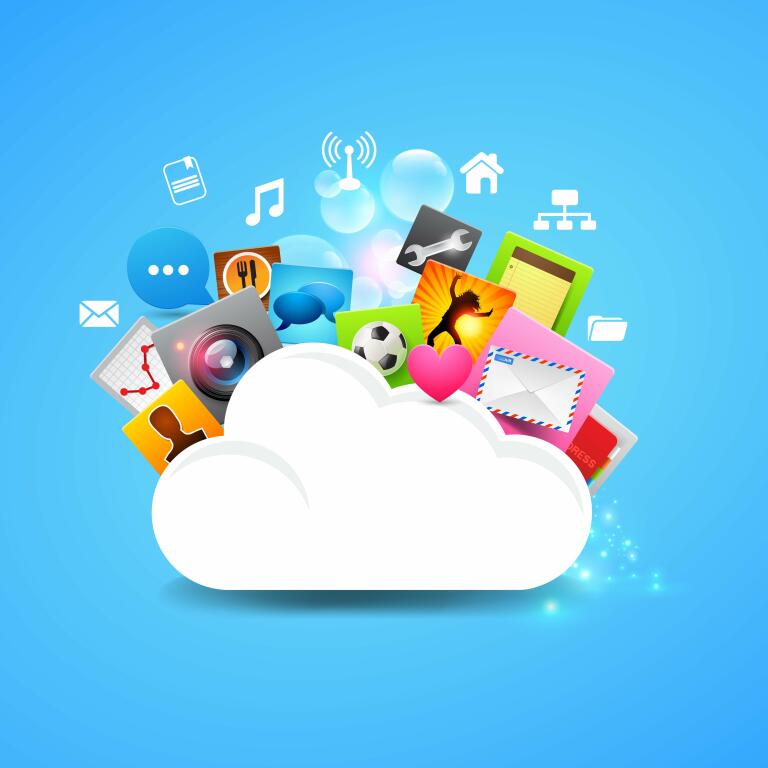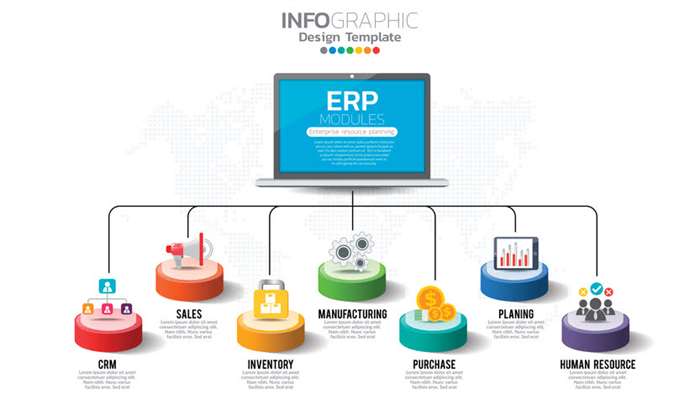It has been reported that companies are increasingly taking environmental performance into account when selecting suppliers. In the 1990s, companies began to focus on “core competencies” and specialization. They abandoned vertical integration, sold off non-core operations, and outsourced those functions to other companies. This changed management requirements, 3 types of enterprise systems as the supply chain extended beyond the company walls and management was distributed across specialized supply-chain partnerships. In some cases, a supply chain includes the collection of goods after consumer use for recycling or the reverse logistics processes for returning faulty or unwanted products back to producers up the value chain.

________ modules in CRM systems help sales staff increase their productivity by focusing sales efforts on the most profitable customers, those who are good candidates for sales and services. Customer relationship management applications dealing with the analysis of customer data to provide information for improving business performance best describes ________ applications. It allows enterprises to gradually implement key modules one at a time, that gains the ability to change certain areas without disrupting overall operations. However, it is important the modules are compatible with each other and easily integrated with the existing solutions, if any. Each enterprise software solution is designed for a specific business goal and offers different functionalities. The major players in this market are SAP AG, Oracle Corporation, Microsoft Corporation, Infor Inc., Kronos Incorporated, and IBM Corporation.
What Is a Subsidiary Inventory Ledger?
Through data analysis, manufacturers may be able to anticipate the shortage before the buyer is disappointed. Create a network or process to take back defective, excess or unwanted products. ERP ProductsManufacturing ERP eresource consolidates all Manufacturing Production processes onto a single unified integrated Platform.
But perhaps the technology that’s getting the biggest buzz along the supply chain right now is RFID , a method of remotely storing and retrieving data using devices called RFID tags. The new technology is being touted as the ultimate positioning device (is the item on the shelf or in the back room? On a truck or inside a ship?), and one poised to replace bar codes to measure the flow and location of goods. Operations management is the administration of business practices to create the highest level of efficiency possible within an organization.
How to Measure Business Performance With Information Technology
CRM software can help organizations identify high-value customers for preferential treatments. Supply chain execution systems enable the firm to generate demand forecasts for a product and to develop sourcing and manufacturing plans for that product. Order management software lets you orchestrate your entire fulfillment network with powerful core capabilities and next-level options.
- One goal of a well-designed and maintained supply chain for a product is to successfully build the product at minimal cost.
- Supply-chain management integrates supply and demand management within and across companies.
- Supply chain management affects product and service quality, delivery, costs, customer experience and ultimately, profitability.
- Enterprise systems are a set of digital applications that help support organizational goals and initiatives by providing and encouraging a cross-functional, company-wide communication system.
- Companies can adjust the ERP system to respond to the needs of different industries such as healthcare, retail, finance, law, architecture, hospitality, etc.
- The efficient communication between the company’s procurement team and the inventory management team enables the company to source goods and fill its shelves on time, without causing delays and empty shelves.
Consequently, adding more management components or increasing the level of each component can increase the level of integration of the business process link. In the study of supply-chain management, the concept of centroids has become a useful economic consideration. In mathematics and physics, a centroid is the arithmetic mean position of all the points in a plane figure. For supply chain management, a centroid is a location with a high proportion of a country’s population and a high proportion of its manufacturing, generally within 500 mi .
Planning
They had to control the entire supply chain from above, instead of from within. Contract manufacturers had to manage bills of material with different part-numbering schemes from multiple OEMs and support customer requests for work-in-process visibility and vendor-managed inventory . Ethics has become an increasingly important aspect of supply chain management, so much so that a set of principles called supply chain ethics was born. Consumers and investors are invested in how companies produce their products, treat their workforce, and protect the environment.

In the US, two major supply chain centroids have been defined, one near Dayton, Ohio, and a second near Riverside, California. However, the unit of analysis of most of these theories is not the supply chain but rather another system, such as the firm or the supplier-buyer relationship. Among the few exceptions is the relational view, which outlines a theory for considering dyads and networks of firms as a key unit of analysis for explaining superior individual firm performance . Outsourced technology hosting for supply-chain solutions debuted in the late 1990s and has taken root primarily in transportation and collaboration categories. This has progressed from the application service provider model from roughly 1998 through 2003 to the on-demand model from approximately 2003 through 2006, to the software as a service model currently in focus today.
How Supply Chain Management (SCM) Works
A properly optimized CRM system can automatically process orders with suppliers and track each department’s efficiency when it’s being manufactured. Hearst Newspapers participates in various affiliate marketing programs, which https://www.globalcloudteam.com/ means we may get paid commissions on editorially chosen products purchased through our links to retailer sites. An ERP implementation is usually the impetus that gets organizations thinking about technology training.

Some experts have suggested that as supply chain technological applications get more complicated, failing to deliver improved performance will result in firms cutting back on technology and IT spending. Many researchers have recognized supply network structures as a new organizational form, using terms such as “Keiretsu”, “Extended Enterprise”, “Virtual Corporation”, “Global Production Network”, and “Next Generation Manufacturing System”. Lower the total supply chain cost, including procuring materials cost, transportation cost, inventor, carrying cost, etc.
Major enterprise applications
In the years that followed, supply chain management progressed beyond the assembly line. The advent of computers, for instance, allowed some facets of SCM to be managed from afar, though the effort rested primarily on the shoulders of a select group of supply chain specialists. SCM systems have existed in some rudimentary form since the very first products or services were created and sold in ancient eras.
However, the concept of a supply chain in management was of great importance long before, in the early 20th century, especially with the creation of the assembly line. The characteristics of this era of supply-chain management include the need for large-scale changes, re-engineering, downsizing driven by cost reduction programs, and widespread attention to Japanese management practices. For example, these three components of resilience can be discussed for the 2021 Suez Canal obstruction, when a ship blocked the canal for several days. Persistence means to “bounce back”; in our example it is about removing the ship as quickly as possible to allow “normal” operations. Adaptation means to accept that the system has reached a “new normal” state and to act accordingly; here, this can be implemented by redirecting ships around the African cape or use alternative modes of transport.
Wal-Mart strategic sourcing approaches
For starters, whereas an EMS can include an ERP as part of its package, ERP itself is an independent application with individual modules that address different business functions. Although many businesses might benefit from integrating with outside services, not all are willing to do so. Some companies seek to develop their gateways or use direct payment methods to avoid third-party intermediaries. Considerable variation exists depending on specific company guidelines and requirements. The good news is that creating a tailor-made solution to meet your business’s unique needs is always feasible while still being safe, transparent, and efficient.

